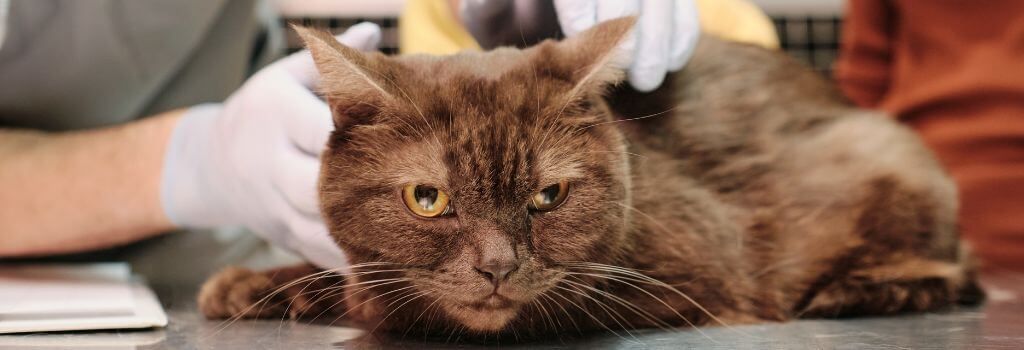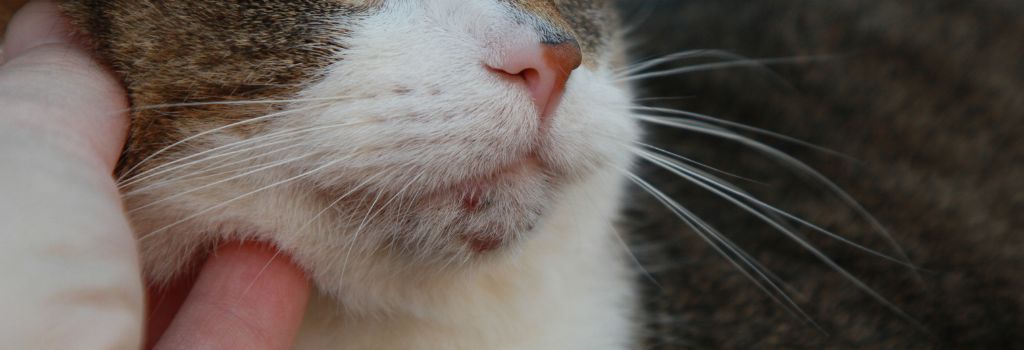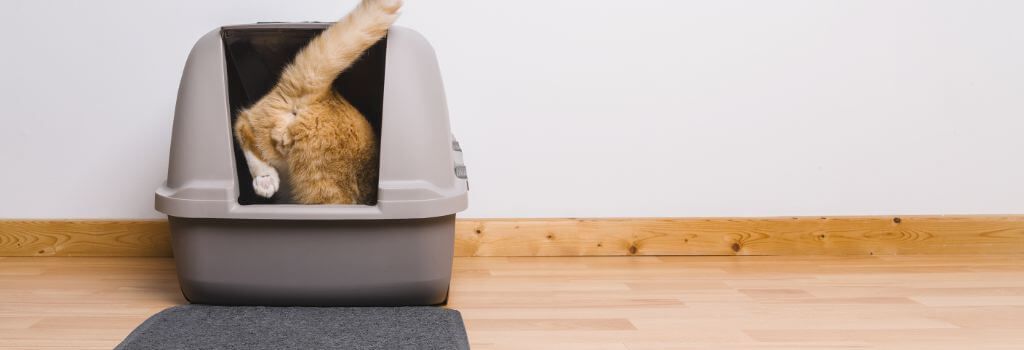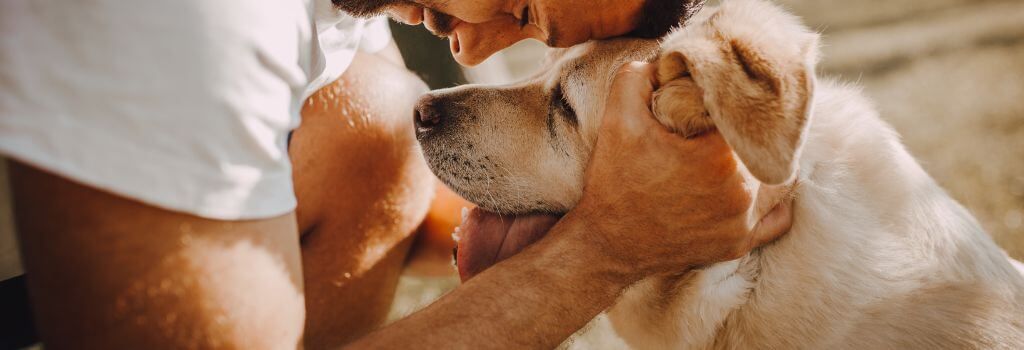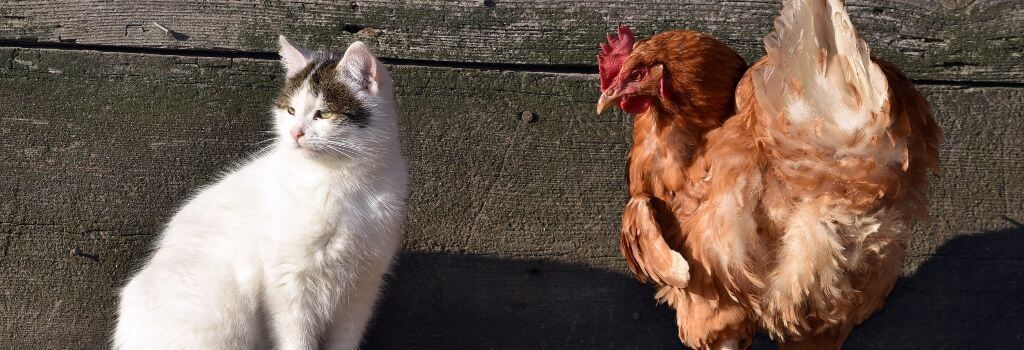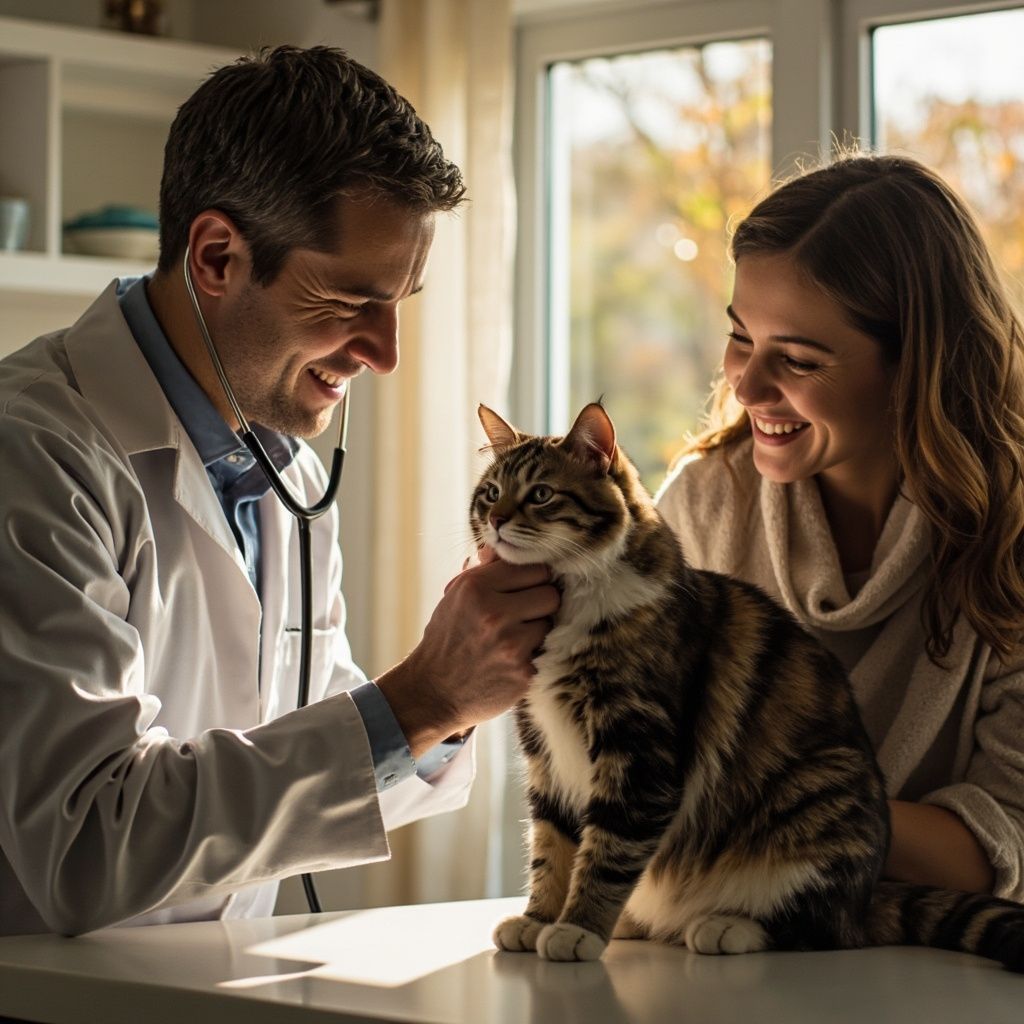5 Common Cat Illnesses and What You Need to Know
Part of being a responsible cat owner is knowing how to recognize when something isn’t right. While the thought of your beloved companion getting sick is a frightening one, no cat is immune to illness. Even if you are a perfect pet parent and do everything right when caring for your cat, they could suffer from a wide range of health problems.
As veterinarians, we’re here to diagnose and care for your cat if they ever get sick. Still, it’s essential to familiarize yourself with some of the most common feline illnesses and their symptoms. In this blog post, we’ll be discussing five of the most common cat illnesses and what you need to know about them. Let’s take a closer look.
1. Cancer
Cancer in cats comes in many different forms. It causes cells to grow out of control and spread to surrounding tissue, often spreading to other parts of the body. Like humans, cats can experience localized cancer that’s confined to a single area or more generalized cancer affecting multiple body parts.
There is no singular cause of feline cancer , and it can cause a wide range of symptoms.
Some of the most common symptoms of cancer in cats include:
- Persistent skin infections or sores
- Lumps
- Bad breath
- Lethargy
- Weight loss
- Diarrhea/vomiting
- Decreased appetite
- Abnormal discharge from any body part
- Difficulty urinating or defecating
- Labored breathing
2. Feline Leukemia Virus (FeLV)
Feline leukemia virus (FeLV) was discovered in the 1960s and is one of the most common causes of death in cats. It doesn’t always cause symptoms immediately, so it’s essential to have any new cats entering your home tested before introducing them to your other pets.
FeLV weakens cats’ immune systems and makes them more susceptible to kidney disease, lymphosarcoma, and anemia. This virus most commonly affects kittens under a year old. Keeping your cat up-to-date on their FeLV vaccination is the best way to protect them against this potentially deadly illness. We also recommend testing new kittens and any new feline addition to your home for FeLV before introducing them to any existing pets.
Symptoms of feline leukemia virus include:
- Weight loss
- Decreased appetite
- Fever
- Upper respiratory infections
- Poor coat condition
- Enlarged lymph nodes
- Abscesses
- Eye problems
3. Diabetes
In cats, diabetes occurs due to either a lack of insulin or an inadequate response to it. In healthy cats, insulin carries glucose from digested food to their cells. However, when a cat cannot use or produce insulin normally, glucose causes blood sugar levels to increase. This causes hyperglycemia, which can have devastating consequences.
Like humans, cats can suffer from type I or type II diabetes. In type I diabetes, cats cannot produce insulin. With type II diabetes, cats experience impaired insulin production, and their body fails to respond to the hormone appropriately. In many cases, cats with type II diabetes develop type I diabetes, too. Most diabetic cats are not diagnosed until they have type I diabetes and need insulin therapy to survive. The exact cause of diabetes is unknown, but obesity makes cats more susceptible to the disease. Male cats are also more prone to diabetes than females.
The symptoms of feline diabetes include:
- Increased or decreased appetite
- Weight loss
- Increased thirst
- Frequent urination
- Urinating outside the litter box
- Lethargy
- Sweet-smelling breath
- Unkempt coat
- Urinary tract infections
4. Feline Immunodeficiency Virus (FIV)
The feline immunodeficiency virus ( FIV ) severely weakens a cat’s immune system and makes them highly susceptible to secondary infections. FIV-infected cats often do not show symptoms for several years, or they may develop symptoms gradually over time.
Some of the symptoms of the FIV virus include:
- Fever
- Weight loss
- Decreased appetite
- Swollen lymph nodes
- Diarrhea
- Inflammation of the eyes, mouth, or gums
- Unkempt coat
- Hair loss
- Wounds that won’t heal
- Eye or nose discharge
- Frequent urination or straining to urinate
- Behavior change
FIV is typically passed from one cat to another through deep bite wounds. Though less common, infected mothers can also pass FIV to their kittens. Keeping your cat indoors is the best way to protect them against this devastating illness. If your cat goes outside, we may recommend vaccinating them against FIV. We also recommend testing new kittens or any new feline addition to your home for FIV before introducing them to existing pets.
5. Feline Lower Urinary Tract Disease (FLUTD)
Feline lower urinary tract disease, or FLUTD , refers to a group of diseases involving the bladder or urethra in cats. Urinary tract problems are common in cats and can cause many complications when left untreated. These issues are most common in middle-aged and overweight cats. While the causes are numerous, factors like environmental stress, eating only dry food , obesity, and changes in daily routines may make a cat more susceptible to FLUTD.
Symptoms of FLUTD include:
- Straining to urinate
- Prolonged or frequent attempts to pass urine
- Passing only a few drops of urine at a time
- Excessive licking of the genital area
- Crying out during urination
- Blood in urine
- Urinating outside of the litter box
- Decreased appetite
- Vomiting
- Dehydration
- Lethargy
If your cat ever has trouble passing urine, contact us immediately. Urinary problems in cats are always an emergency and require urgent veterinary care.
Conclusion
When you think your feline friend might be sick, every second counts. Illnesses tend to progress rapidly, so it’s always best to seek veterinary care at the first sign of trouble. If your cat is feeling under the weather or not acting quite like themself, contact us right away.
Recent Posts

